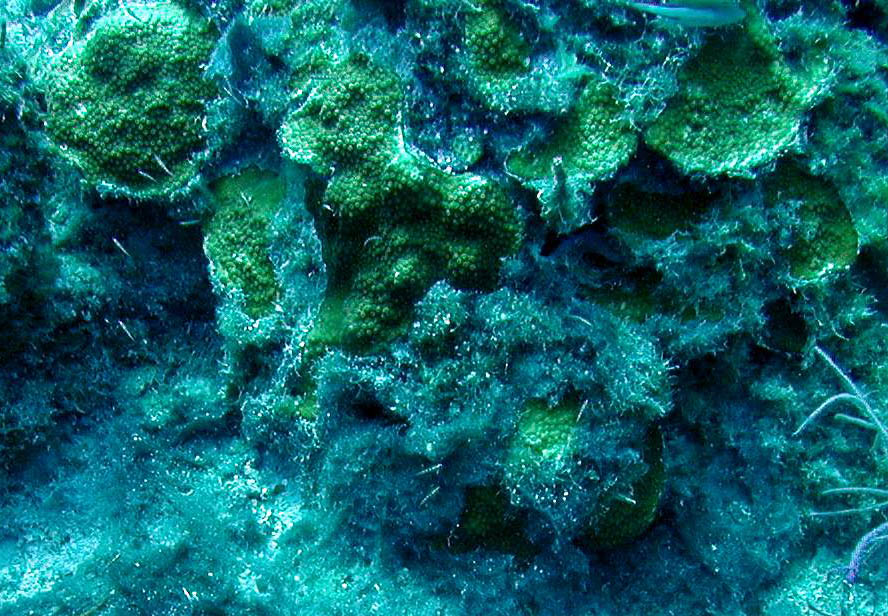Product Description
Stromatolites are the FIRST evidence we have for life on Earth. When space exploration seeks life on other planets such as Mars, the specific evidence they are looking for are the presence of fossil stromatolites - traces of prehistoric bacteria colonies. Stromatolite fossils should be the foundation of any fossil display or collection and yet, they are often absent and their importance overlooked despite their enormous scientific importance in the history of all life.
This fossil stromatolite multiple colony cluster shows a single mature cyanobacteria ball colony with three tiny colonies nearby that are in their very early forming stage. The surface of the host rock layer has numerous tiny single fossil bacteria globules that make up the larger ball. The fossil has been laboriously prepared in our lab where we painstakingly removed the upper matrix rock layer to reveal all the delicate intact anatomy of each colony. The detail is so minute and intact that they appear as if still alive exactly similar to the living specimens found today in Shark Bay, Australia. We have never before seen such an exquisite fossilized cyanobacteria colony as these.
Rare for fossil stromatolites, these fossils date to the Lower Permian and are still attached to a single, very thick unbroken fossil-bearing layer of matrix. These colonies resemble spherical heads of cauliflower and the full inflation and realistic appearance of each specimen is truly amazing when you see them in person. Most stromatolite collections lack Permian specimens and how many include actual three-dimensional examples of any period as this one shows? This specimen would make for an extremely scarce addition to the most advanced collection!
The fossil market has no shortage of STROMATOLITE fossils but in every case, they are sliced and polished slabs of a former fossil colony. The fossil colonies look little more than amorphous stone blobs prior to slicing, lacking any fine original life-like detail. This is an EXTREMELY RARE and unusual example of several LIFELIKE lacustrine (formed in a prehistoric lake) stromatolite colonies once deposited by prehistoric cyanobacteria.

 US DOLLAR
US DOLLAR
 EURO
EURO
 AUSTRALIAN DOLLAR
AUSTRALIAN DOLLAR
 CANADIAN DOLLAR
CANADIAN DOLLAR
 POUND STERLING
POUND STERLING
























